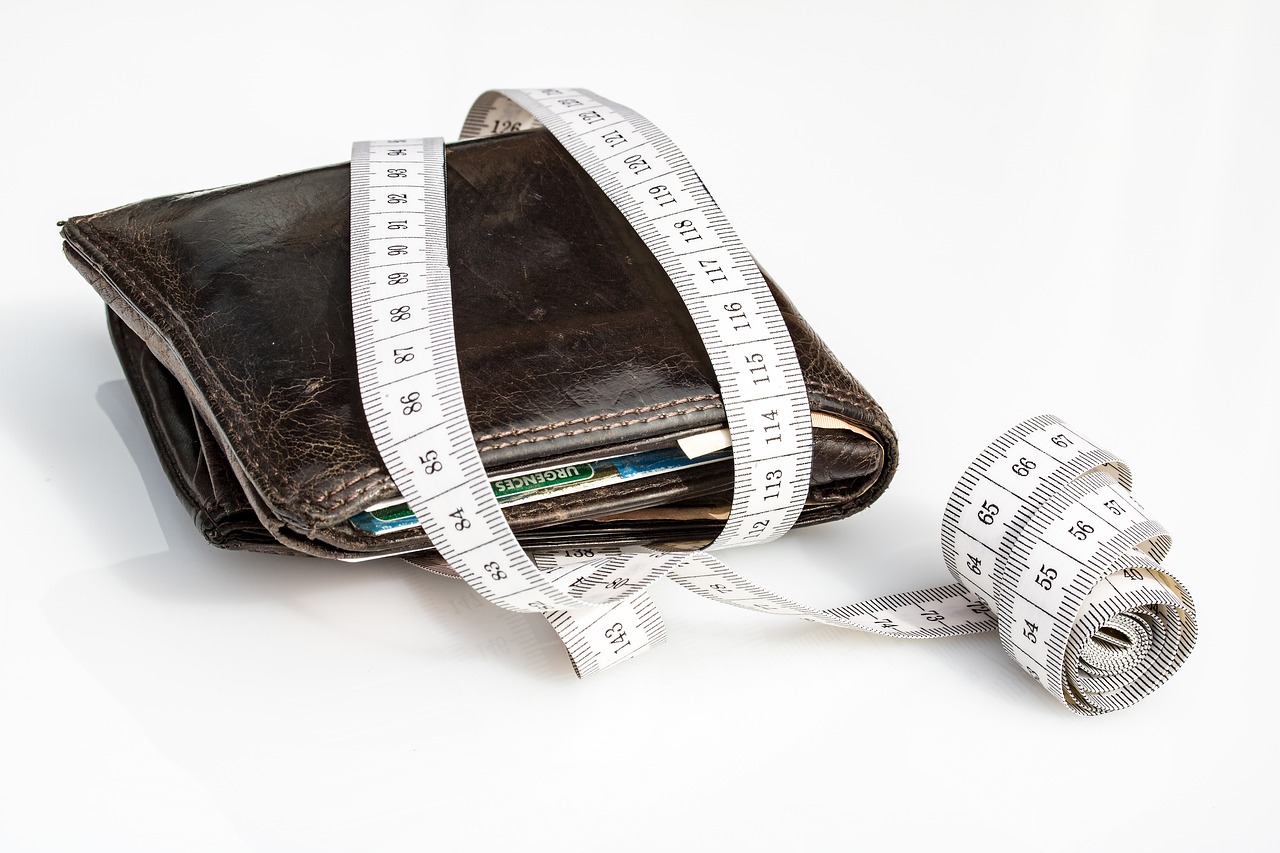
The Real Cost of Carrying Heavy Loads Upstairs
Share
You picture it: a neighbor calls and asks if you can help move a washing machine up two flights, or you decide to carry a loved one’s wheelchair down to the car yourself. It feels doable in the moment and even noble. But that single lift can ripple into injuries, repair bills, lost work, and a lot more stress than anyone counts up front.
If you’re a family caregiver or a mover, ask yourself: when you carry heavy things on stairs, what are you actually risking? The answer isn’t just sweat. It’s physical health, property, time, and sometimes the very independence you’re trying to preserve.

The physical cost
Lifting on flat ground is one thing. Lifting on stairs is another. Each step changes the angle of force, alters your balance, and forces muscles into awkward positions. Even a short misstep or an off-balance pull can strain the lower back, shoulders, or knees injuries that can become chronic.
For caregivers, the math is simple and repeated: several awkward lifts a week add up. What starts as soreness can become a herniated disc or persistent back pain that removes your ability to work or provide care. For professional movers, the wear-and-tear compounds across hundreds of jobs: a single back injury can cost months of lost income and costly rehabilitation.
Beyond injuries, stairs increase the risk of slips and drops. A dropped appliance can crush toes, nick walls, or bend frames and could easily mean a hospital visit for the person you’re carrying.

The financial cost
When you tally the price of manual stair carries, the expense goes far beyond the immediate effort:
- Medical & rehab bills. Acupuncture, physical therapy, specialist visits even a single back strain can require weeks of treatment.
- Lost wages. Time off work for recovery is money out of your pocket or the company’s. For small moving businesses, a sidelined employee can mean canceled jobs.
- Property damage. Scratched banisters, dented appliances, and ruined floors are common after awkward carries. Repairing damage can cost hundreds or thousands.
- Operational delays. A job that takes several people and extra time can eat into profit margins for movers, or force you to hire help last minute.
These are real, cash-outlays that turn a “free favor” into an expensive lesson.
The emotional cost
Money and medicine don’t capture everything. Caregivers often report a quiet, persistent anxiety before each transfer: the fear of dropping someone, of causing pain, or of not being physically up to the task. That anxiety changes behavior: outings get canceled, social life shrinks, and the person in need becomes more isolated.
For small moving teams, the emotional cost is burnout. Constantly pushing through risky moves erodes morale and increases turnover. In both cases, the non-monetary losses missed moments with family, the stress of “what if” are significant.

Smarter alternatives
There’s a middle ground between hiring a crew every time and risking injury. Purpose-built tools for stair transport exist to protect people and property and they come in forms that suit different needs.
Here’s how different TreadLyft solutions map to common problems:
-
Family caregivers & wheelchair users → Assist+
When transfers are frequent and dignity matters, Assist+ clamps to manual wheelchairs, supports up to ~350 lbs, and lets a single caregiver operate safely. Fewer people are needed, the risk of injury drops, and outings become realistic again. -
Emergency readiness & lightweight use → Assist Lite
For quick evacuations, child transport, or outdoor steps, Assist Lite is compact (≈39.7 lbs) and designed for fast deployment. Its quick-release battery and simple folding make it ideal when seconds matter. -
Occasional appliance moves → HomeLyft
Moving a fridge, washer, or TV? HomeLyft is ultra-light and engineered for household appliances it protects the item, your walls, and your back without needing a full crew. -
Frequent commercial jobs → ProLyft / ProLyft Max
For professional movers and service teams, ergonomic controls, split-speed handling, and larger tires mean faster jobs, fewer helpers needed, and reduced injury claims a direct operational win. -
Heavy industry & logistics → Max Haul Core / Max Haul Auto
When loads are extreme (300–420 kg), automation, intelligent sensors, and lifting platforms remove manual carries from the equation entirely, improving throughput and safety at scale.
A quick ROI thought experiment
Let’s run a simple comparison for a small moving business:
- Scenario A: One job where manual carry causes a damaged fridge ($600 repair) and a worker needs two weeks off (lost revenue ~$2,000). Total unexpected cost: ~$2,600.
- Scenario B: The crew uses a ProLyft for the job. Equipment amortized across many jobs, the damage is avoided, and work continues as scheduled.
For caregivers, the calculation is similar: a $2,000 physical therapy bill + missed wages for recovery can quickly exceed the cost of a portable device that prevents the injury and preserves independence.
How to choose right now
Ask these questions before the next lift:
- Who are you moving: a person or a heavy appliance?
- How often will you need the tool: daily, occasional, or professional use?
- Are stairways narrow, steep, or variable in angle?
- Is portability essential (carried in a trunk, stored in a closet)?
- What’s the real cost if something goes wrong: medical bills, damaged items, or missed work?
If you move people daily (with a wheelchair) → look at Assist+
If you need lightweight, emergency-ready gear → choose Assist Lite.
If appliance moves are occasional → HomeLyft fits.
If you run a business with frequent stair jobs → consider ProLyft or Max Haul models.
Conclusion
If you think doing it yourself saves money, pause and add up the hidden costs: health, repairs, lost time, and the emotional toll. The right stair-transport tool doesn’t remove effort it redirects it safely. That’s how families keep outings, how caregivers stay healthy enough to care, and how businesses scale without breaking their people.
